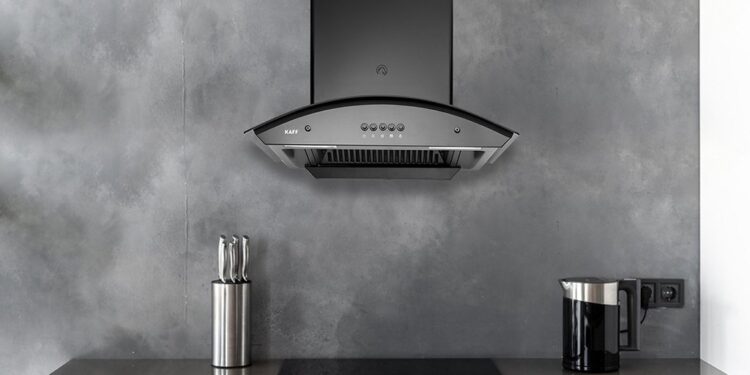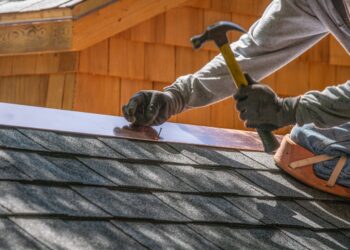When it comes to creating a warm and inviting atmosphere in your home, a properly installed chimney plays a crucial role. From enhancing the aesthetic appeal to providing efficient heating, a well-designed chimney is a valuable addition to any property. In this comprehensive guide, we’ll explore the essential steps to ensure a successful chimney installation that not only meets safety standards but also elevates the overall comfort of your living space.
Read more about Kitchen Exhaust Fans
The Foundation: Understanding Chimney Types
Types of Chimneys
There are various types of chimneys available, each catering to different needs. Brick-built chimneys are classic and durable, while metal chimneys offer flexibility and quick installation. Prefabricated chimneys, on the other hand, provide a cost-effective solution. Choosing the right type depends on your preferences, budget, and the overall design of your home.
Chimney Design Considerations
The design of your chimney is crucial for both functionality and aesthetics. A well-designed chimney not only enhances the visual appeal of your home but also ensures proper ventilation. Consider factors such as height, flue size, and location to optimize the performance of your chimney.
The Blueprint: Planning Your Chimney Installation
Professional Assessment
Before diving into the installation process, it’s essential to seek a professional assessment. Engage with a certified chimney expert to evaluate your home’s structure, ensuring that the installation meets safety standards and local regulations. This initial step sets the foundation for a successful project.
Obtaining Necessary Permits
Securing the required permits is a crucial aspect often overlooked. Check with local authorities to ensure compliance with building codes and safety regulations. This not only avoids potential legal issues but also guarantees a smooth installation process.

The Construction: Step-by-Step Guide to Chimney Installation
Site Preparation
Begin by preparing the installation site. Clear the area around the intended location, removing any obstacles that may hinder the process. This includes trimming overhanging branches and ensuring a clear path for equipment and materials.
Foundation and Base Installation
The foundation serves as the backbone of your chimney. Whether it’s a concrete pad or a reinforced footing, a sturdy foundation is essential for stability. Once the foundation is in place, proceed with the installation of the chimney base, ensuring it aligns with the design specifications.
Flue Installation
The flue is a critical component that channels smoke and gasses out of your home. Carefully install the flue liner, ensuring a secure connection to the stove or fireplace. Proper insulation is vital to prevent heat transfer and maintain efficiency.
The Finishing Touch: Chimney Maintenance and Safety
Regular Inspections
After installation, regular inspections are key to identifying potential issues early on. Schedule annual check-ups with a certified chimney sweep to ensure proper functionality and address any concerns promptly.
Cleaning and Maintenance
Keep your chimney in top condition by adhering to a regular cleaning schedule. Creosote buildup is a common issue that can lead to chimney fires, so invest in professional cleaning services to remove any obstructions.
Conclusion
A successful chimney installation requires meticulous planning, professional guidance, and adherence to safety regulations. By understanding the various types of chimneys, planning the installation process meticulously, and prioritizing maintenance, you can create a warm and inviting atmosphere in your home. Remember, a well-built chimney not only enhances the functionality of your space but also adds a touch of timeless charm.








Comments 3